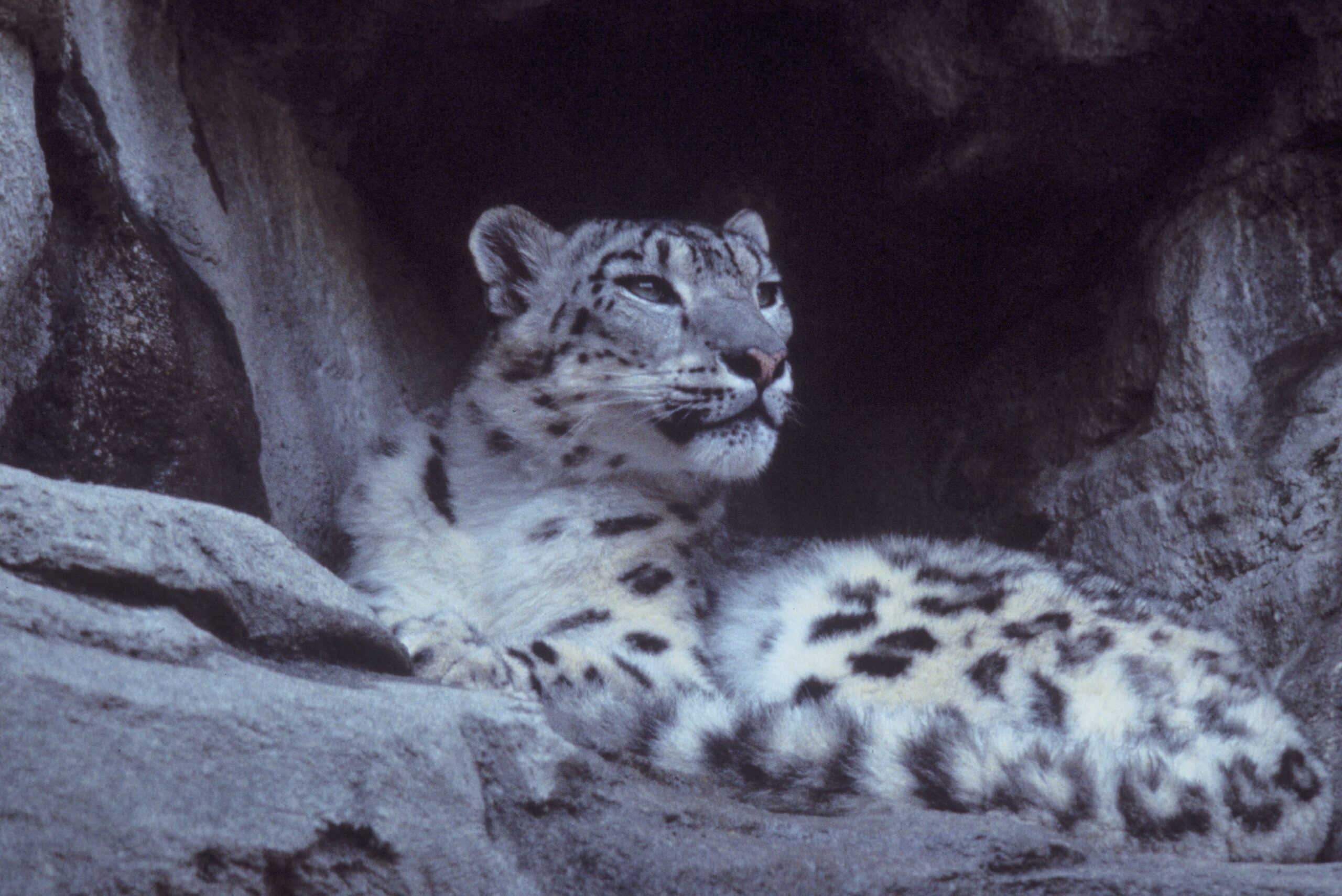
Earlier this year, Bayarjargal Agvaantseren won the Goldman Environment Prize for her work to help resolve through market mechanisms conflicts between snow leopards and Mongolian goat herders. In an interview with Yale Environment 360, she explained:
“[T]he herders told me that snow leopards were their enemies, because they raided the herds and damaged their livelihoods. There is some poaching, for pelts as well as bones for medicines. But most of the killings of leopards by the herders are retribution for loss of livestock. This is understandable. I never blamed them. The losses of goats and other livestock are not huge overall. But for a poor herder, losing even a few goats is a big loss.
To mitigate this risk, the Snow Leopard Trust established an insurance scheme, initially funded by the group, to cover the herders’ losses from predation. In exchange for the coverage, herders had to agree to a variety of conservation measures. They must monitor for evidence of poaching while herding their animals. They must also set aside some of their pastures, so that it may be grazed by snow-leopard prey. Violations of these requirements could lead to the herder being permanently excluded.
As an additional inducement, the insurance program pays out a bonus to the herder who makes the fewest claims. This encourages herders to develop and implement practices that reduce interactions between snow leopards and their herds.
Funding for the program has now shifted to the herders, through an annual premium. Although this means that snow leopards are a liability again, the risk they pose has been smoothed across herders. So long as the benefits of that risk mitigation exceed the potential benefits of herders adopting less-snow-leopard-friendly tactics, the program will continue to create incentives to conserve the species. By bearing the initial transaction costs of designing and setting up the insurance program, the Snow Leopard Trust got to design those incentives to maximize benefits to wildlife while minimizing costs for herders.
Mongolia is not the only place that market incentives are helping protect the snow leopard. In Pakistan, the World Wildlife Fund has designed a similar insurance scheme. The Pakistani wildlife agency also incentivizes conservation by giving local communities the lion’s share of proceeds from trophy hunting. This makes wild goats—the leopard’s prey—more valuable to locals, incentivizing them to conserve the habitat on which both goats and leopards rely.
Since the agreement went into effect, the snow leopard is actually protected by the locals and frequently seen in the Chitral area. Despite insecure conditions in this area, there has been a 10 to15 percent increase in local tourism that is attributed to the presence of the snow leopard. Its wild prey base is abundant here and is attracting large numbers of foreign tourists as well. Sightings are so frequent that snow leopards were filmed by “Planet Earth,” a nature television show, near Chitral Gol National Park in 2006—the first good footage of snow leopards in the wild.
Where wildlife poses risks to those who live and work near them, people predictably take steps to reduce their liability. Those steps could be good for wildlife, bad for wildlife, or neutral. But the incentives are such that the easiest steps are usually bad for wildlife. But conservationists can change those incentives, benefiting both wildlife and the (often poor) people who live near them.



